The concept of the Internet of Bodies (IoB) is an evolution of the Internet of Things (IoT), where human bodies are increasingly integrated with technology. This integration allows devices to connect to the internet and other systems, transforming how we interact with technology and our own health.
What is the Internet of Bodies?
Coined by Dr. Andrea M. Matwyshyn in 2016, the IoB refers to a network of human bodies that depend on the internet and related technologies like artificial intelligence for their functionality. This network includes devices that can be worn, ingested, or implanted, each serving different levels of integration with the human body.
Categories of IoB
External Devices: These are wearables like smartwatches and smart glasses that track metrics such as heart rate and steps. They serve as the first generation of IoB technology, acting as external sensors and monitors.
Internal Devices: This category involves devices implanted or ingested, such as digital pills that transmit medical data or smart prosthetics integrated with nerves and muscles. These devices provide more detailed health data and enhanced bodily functions.
Merged Devices: The most advanced category, these devices merge with the body while maintaining a real-time connection to external systems. A prime example is Neuralink’s brain-computer interface, which allows control of machines through brain signals.
Benefits and Risks
The potential benefits of IoB are significant, including improved health monitoring, enhanced cognitive and bodily functions, and cost savings in healthcare. However, they come with concerns:
Data Protection: IoB devices collect sensitive personal data, raising concerns about privacy and potential misuse by corporations or governments.
Ethical Considerations: Issues such as socioeconomic disparities in access to IoB technology and the impact on human autonomy pose ethical challenges.
Security Risks: The integration of IoB devices with the internet makes them vulnerable to hacking, as illustrated by former U.S. Vice President Dick Cheney’s decision to disable the wireless function of his heart implant due to security concerns.
Regulation and the Future
Currently, regulation of IoB devices is managed by agencies like the FDA for medical devices, but consumer IoB devices fall into a regulatory gray area. Existing laws, such as GDPR in the EU and HIPAA in the U.S., could be extended to better protect IoB data.
The IoB market is rapidly expanding, with predictions that the connected medical device market will grow from $66 billion in 2024 to over $132 billion by 2029.











